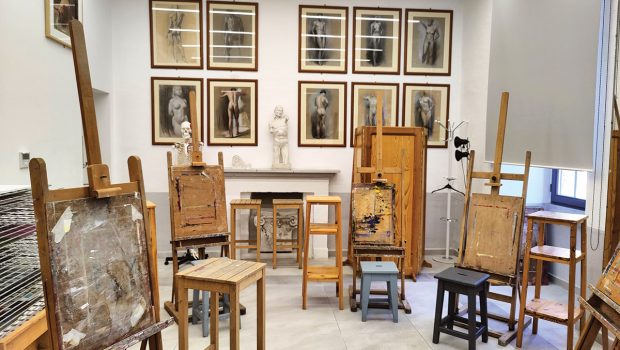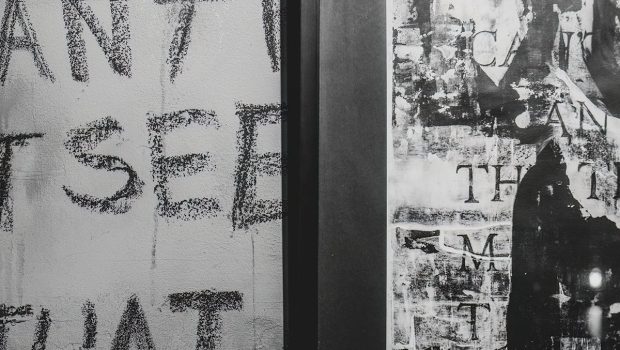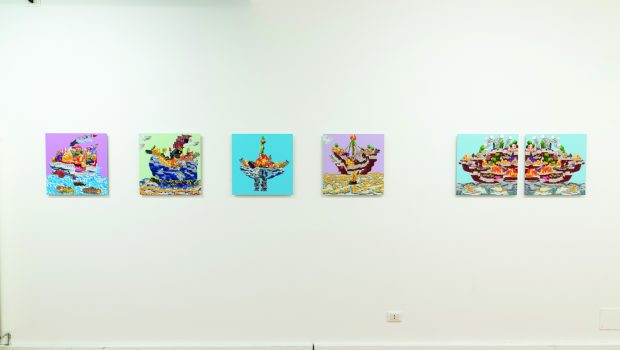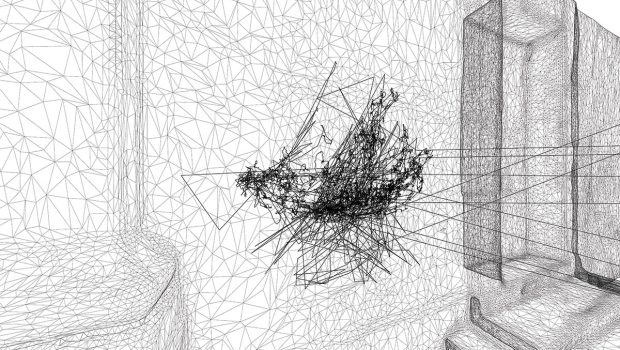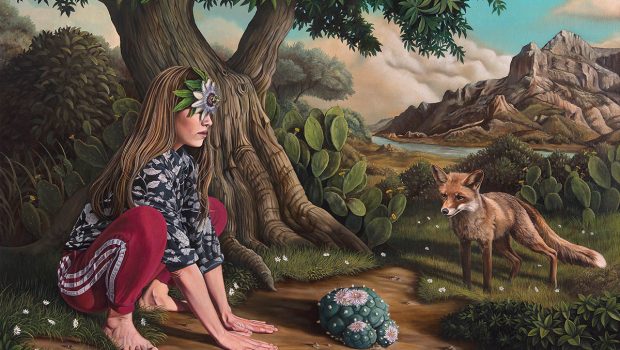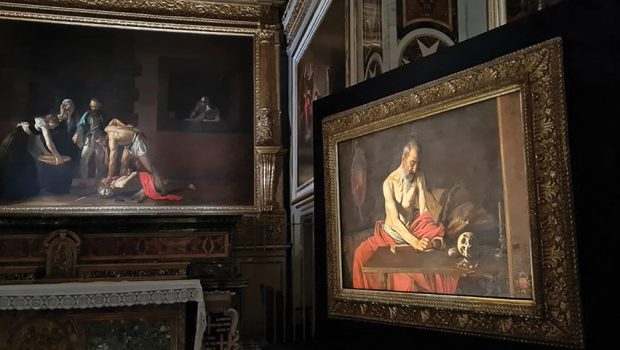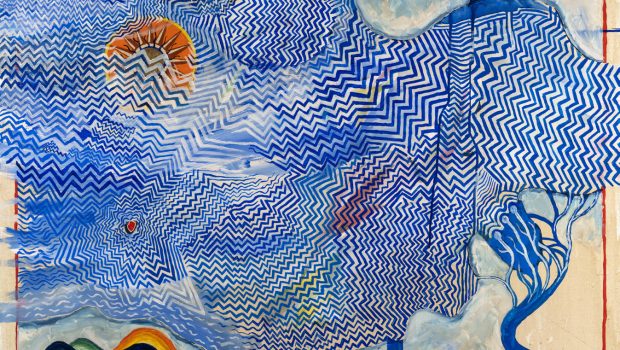COLLECTING IN THE NOW
“Owning art is an honour. To have a work that comes from the soul of an artist is a privilege. Art is a language - every artist is speaking a different one – and to be let into that world and that language is a special thing indeed.”
Contemporary art collector and local patron Dr. Joanna Delia lives passionately. We sit across from each other in her home cum gallery – or is it the other way round? – to chat about her world and her art. We are literally surrounded by it, sitting on it. No podiums, no screens, art is within arm’s reach in every room. It becomes apparent very quickly that there is a bigger love pushing Joanna’s drive to collect – a love for the story behind things.
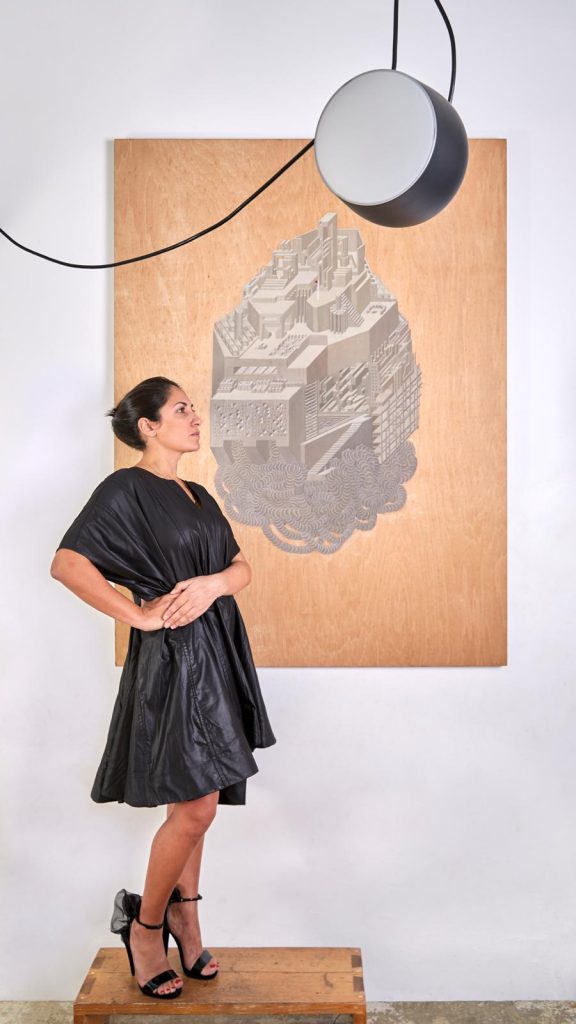
“… the act of acquiring art is part of the art piece’s own story.”
Which is the most memorable piece of art you have ever acquired?
There are so many; but I would say Matthew Attard’s Biennale di Venezia 2024 piece. Everything involved in me getting to that artwork is memorable. From my first chance meeting with Matthew at a house party in Venice, the long conversations throughout his artistic career since then, the many pieces by him which I fell in love with and added to my collection, and finally the magic opportunity of owning this very piece. From start to finish, my relationship with Matthew’s work is replete with memorable stories.
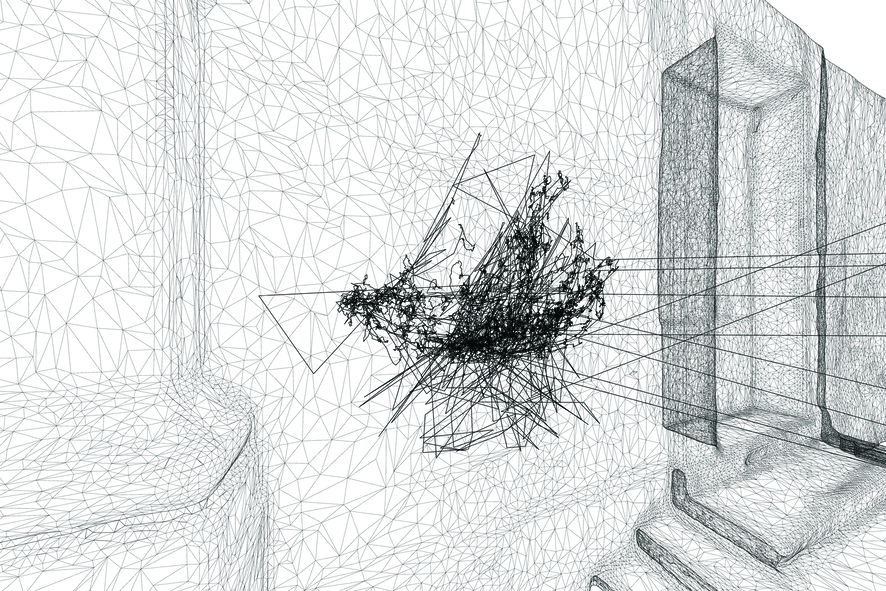
Have you ever had a piece that changed your perspective or feelings about art?
To some extent I guess every piece I own has moved me to challenge or question or feel something new, but in 2016 I purchased a digital photo triptych titled ‘Skin of Milk’ by Javier Joseph Formosa. This was his MCAST dissertation project – a very political work about gender which I believe was very ahead of its time. It hangs in my living room to this day and is an important reminder that art, for me, is a powerful entry point to questions I have about life. The art I am attracted to always says something about me and what I need to explore. After this, I found myself gravitating more and more towards gender identity art.
What do you feel is your role in supporting the local arts scene?
It gives me so much joy to have been there since the very beginning for many contemporary Maltese or Malta-based artists – either buying their first works or creating the perfect conditions for people to come together to discuss and share and support art and artists. My home is open to all art lovers for this very purpose. In conjunction with this I feel a sense of duty to spread the word about the impressive quality, level and diversity in the local contemporary art scene. Artists here, in comparison with those abroad, have flourished under duress and I will always favour investing in the local scene over bigger foreign names. It genuinely hurts to see so many great local artists who lack recognition, whose work is not yet understood. It goes beyond exclusivity and having first dibs. Being present, curious, encouraging and supportive from the outset when the odds are against every young artist, that is a role I am very happy to keep up.
“A house without art is a dead house”
How did you first become interested in art collecting? Was there anyone or anything which set you on this path?
My youth was spent surrounded by art in churches because of my uncle, and some of my friends’ parents were collectors. But my deeper understanding of what art collecting is, was inspired by my sister Romina’s academic journey. The smallest of details from her researching an art collection of a knight would spark the deepest of conversations about society, politics, history. It became apparent to me that art collecting is testament, it is history, it is storytelling! Art traces life and consolidates an image of the present for the future. With my first salery I bought a piece by Andrew Diacono – a portrait of a woman with her hair up in a bun which reminded me of myself and which I have carried with me from one house to the next. From then on, art collecting became a compulsion, as well as going to exhibitions – it’s a dangerous love affair!
“Art collecting is testament, it is history, it is storytelling!“
How did you and Lily Agius meet, and what do you specifically like about her curation?
We go way back! Lily and my sister sat for the same course at Uni. I remember when she started thinking of opening the gallery – which was pretty much the only contemporary art gallery at the time – after years of exhibiting the work of international artists in various venues and as an editor of a popular magazine at a local publishing company promoting artists… I love observing Lily’s process and progress.
Lily has kept a very consistently high standard over the years. It is very easy for gallerists to start pushing artists they represent to go commercial and produce work that is easily sellable. She never went there and continues to dedicate time to genuinely identify and support committed artists, striking a good balance between covetable and buyable works – quite the feat in contemporary art curation given how challenging digital and multimedia art can be in supporting a gallery. Her gallery, quite simply, sets an example.
We collaborate when possible, with an exchange of artists and contacts, and in widening the circle of art makers, appreciators and collectors locally via her gallery. I have also been present since the launch of Artpaper with Lily encouraging me to write about various topics in the arts which I am passionate about and involved in.
What is the most memorable piece you have ever acquired from her gallery?
I would have to go for a Torso by the Malta-based French artist Julien Vinet – an artist I have a lot of work by. Lily represented him from the start with his first solo exhibition of figurative drawings before she opened her gallery. I love his work and am always very happy to be part of his life. I think Lily has done an excellent job representing him.
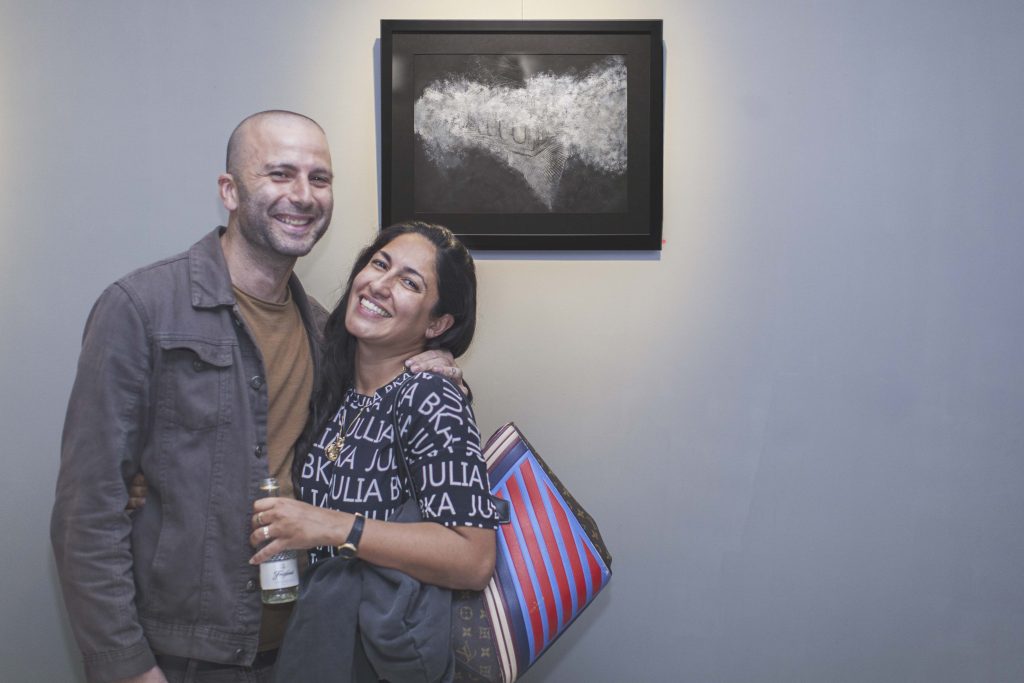
Which local artists Lily has represented do you wish people knew more about?
Seriously, all of them. From the ones she represented in the past I would say John Paul Azzopardi. I am a big fan of his evolution as an artist, his meditative practice, his visions translated in bone. I really hope he receives more international recognition for his work. Stephanie Galea, on the other hand, has one of the best photographic eyes I have ever come across. I find it hard to separate her work in fashion photography from her more artistic work. There is a softness to her gaze that is so alien to impersonal fashion shoots and remains palpably inspired by the country she grew up in, exploring fresh and interesting angles to it in every work. I am also looking forward to more art by CO-MA who is injecting more emotion in his work and putting his technical prowess at the service of more conceptual ideas. I have seen the switch in his work now – I am interested.
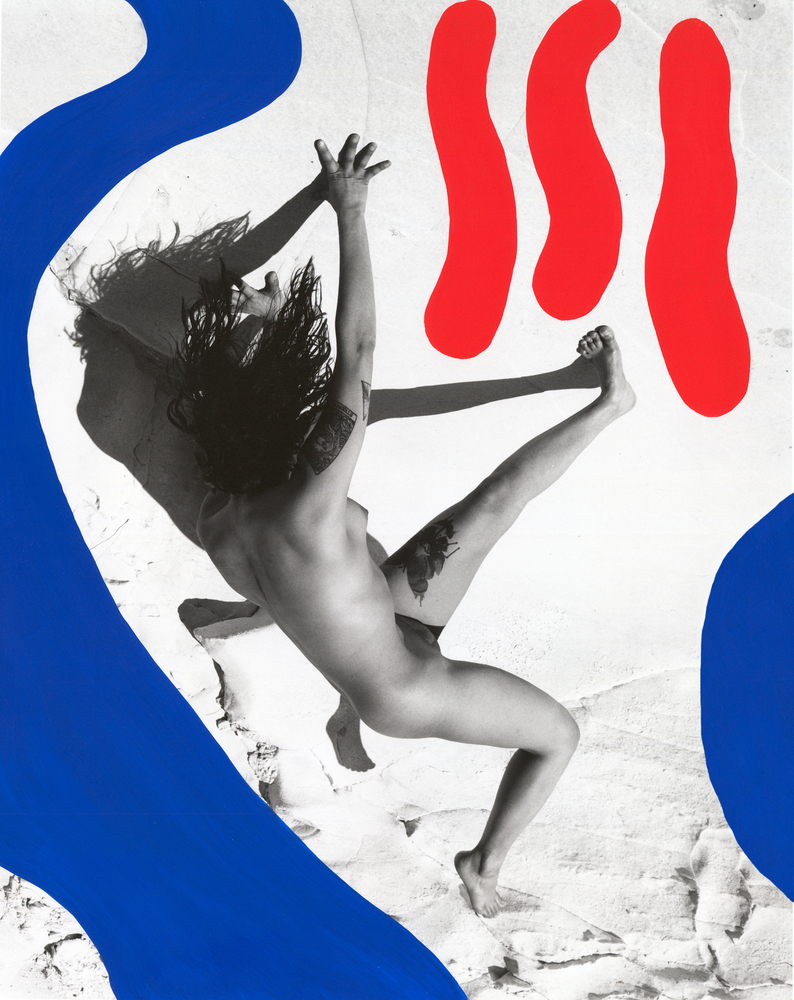
“Owning art – knowing that this piece has never been made before or will ever be made again – a piece that crystallises a time, a feeling, a thought or all of the above – a piece that will keep changing and giving – it is timeless – it is, essentially, infinity.”
Can you describe the sensation of being attracted to an artwork you just know you need to home? Walk me through your typical process when acquiring a new piece?
It is emotional for me – I just want to live with it! I cannot say that I have any specific criteria with which I choose art. The sensation is simply a feeling of “I just cannot NOT have it”. With time I have become more and more aware of the fact that the act of acquiring art is part of the art piece’s own story. Pieces I have collected over the years bounce off each other even though they were never intended to. I never purchase with the ‘that would look great there’ or ‘that matches these’ mentality. Pieces in an honest collection click because they consolidate the collector’s vision and values. The common thread in an art collection is implicit and it always connects back to the collector’s intent.
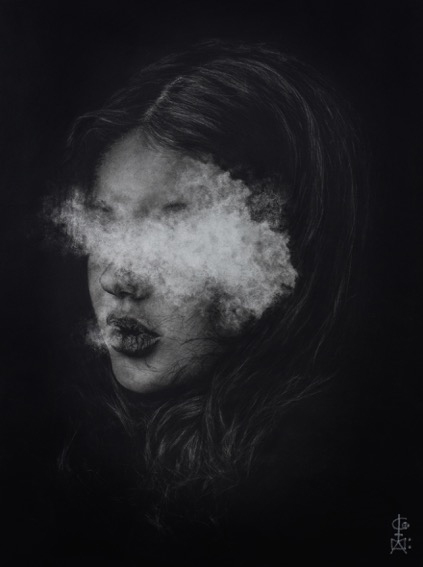
“At the end of the day, when you look back in time, the only thing that remains is art. We forget the political nuances – in fact, we remember those through the art, the architecture, the music. Art narrates history.”
Does your scientific background inform or inspire your choices vis-a-vis the art you choose to surround yourself with?
Einstein, a favourite of my dad’s, championed curiosity, imagination and creativity in science. These were my foundations in life. Upon these three pillars, also rests every artistic practice. I see very little difference between science and art, except, I would say, the artist uses these same foundations to go beyond discovering what is intrinsically coded into the universe. Artists use curiosity, imagination and creativity to explain, to better and to inspire our experience of the universe. Science has much to learn from art I feel.
“The only thing I’m proud to be human for, is the ability to create art”
What advice would you give to someone just starting to collect art?
‘Follow your heart’ will always be my best advice. Get interested in the story and ask the right questions to get you there. ‘What does this work mean?’ will not get you to the core of the story. ‘What made you go to the studio to work?’ has a better chance of opening up a conversation, of getting you closer to the story behind the work and the artist. Allow yourself to fall in love with the work and understand that you are yet another element in the story of the piece and its maker. In this respect, my children, who have grown up surrounded by contemporary art, are testament to how powerful art is. The questions they ask me and the artists about the work always go beyond the technical and the apparent. They discuss and they challenge. There is a lesson in that.
#ARTCOLLECTORSERIES @lilyagiusgallery


